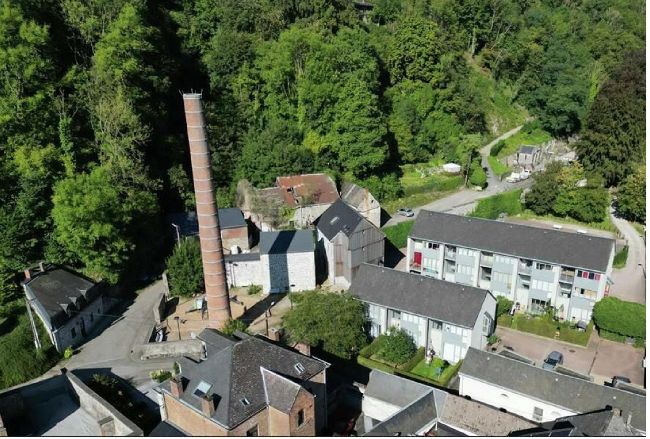How is Wallonia addressing the challenge of spatial optimisation?

Vice-President of Wallonia, Minister of Economy, Foreign Trade, Research and Innovation, Digital, Agriculture, Territorial Planning, IFAPME, and Competence Centres.
In Belgium, territorial planning is the responsibility of the Regions, namely the Brussels-Capital Region, the Flemish Region and the Walloon Region.
In Wallonia, to ensure a strong and integrated territorial strategy, socioeconomic development, and a high-quality living environment, whether urban or rural, the Walloon Government has initiated the revision of two major territorial planning tools: the Territorial Development Code (Code du développement territorial or CoDT) and the Territorial Development Plan (Schéma de développement du territoire or SDT).
The SDT is the guiding document that settles the territorial development strategy for Wallonia, and the objectives to be followed by regional and municipal authorities. The CoDT provides the legal framework for the applicable provisions and procedures to implement the strategy. It will come into force on 1 April 2024 and will provide a legal basis for the SDT.
The SDT outlines the Walloon Government's territorial planning objectives for spatial optimisation aiming to:
- reduce land artificialisation by preserving agricultural land, green spaces and forests;
- reduce urban sprawl by avoiding dispersion and low-density construction;
- limit soil sealing in the event of urbanisation by maintaining greenfield areas.
The concept of spatial optimisation reflects the major challenge of maximal land preservation, as well as efficient and consistent land use through urbanisation. The objective is to promote construction on already artificialised lands within existing urban areas, close to services or facilities and served by public transport, while preserving the soil from sealing, or alternatively while providing retention and infiltration devices.
The SDT sets trajectories towards achieving zero net artificialisation of land by 2050, as well as measures and indicators for monitoring artificialisation and residential urban sprawl by spatial optimisation basins.
The concept of spatial optimisation reflects the major challenge of maximal land preservation, as well as efficient and consistent land use through urbanisation.
Spatial optimisation and its activation tool: centralities
The concept of centralities is one of the key instruments for implementing spatial optimisation.
In Wallonia, since the 1980s, nearly 80 % of the territory has been intended for agriculture, forests and natural spaces, but greater ambition is needed today because of climate change and biodiversity loss. Therefore, it is necessary to limit urbanisation to already built-up areas or brownfield sites and to promote the creation of three out of four new housing units within the centralities.
SDT project defines three types of centralities: village centralities, urban centralities and urban pole centralities. The urban pole centralities in Wallonia correspond to those hosting the main cities.
In this context, the SDT project defines three types of centralities: village centralities, urban centralities and urban pole centralities (in yellow, orange and red, respectively, in the figure below). The urban pole centralities in Wallonia correspond to those hosting the main cities.
The strengthening of centralities and densification must be accompanied by a policy of revitalisation of city centres, functional diversity and promoting quiet cities based on the idea of a 10-minute city or village.
Beyond centralities, it is necessary to take measures to limit urbanisation, both to avoid exposure to risks related to flooding, in particular, and to be able to control road mobility. Thus, outlying spaces will be urbanised moderately or in a targeted manner, as in the cores.
The SDT project provides guidelines and an initial mapping for all Walloon municipalities. However, municipalities can adjust their centralities within six years from the adoption of the SDT based on their knowledge of the territory and their municipal strategy within the framework of a municipal development plan (Schéma de développement communal -or SDC) or, in some cases, a multimunicipal development plan (schéma de développement pluri-communal- or SDP). After this six-year deadline, the centralities defined and mapped in the SDT project will apply.
The SDT was subject to public consultation in 2023. As the consultation phase is now completed, the Walloon government plans to adopt it during the first semester of 2024. The SDT aligns with the plans and strategies defined at the European level for a greener, fairer, more resilient Europe that leaves no one and no territory behind.
Vice-President of Wallonia, Minister of Economy, Foreign Trade, Research and Innovation, Digital, Agriculture, Territorial
Planning, IFAPME, and Competence Centres.